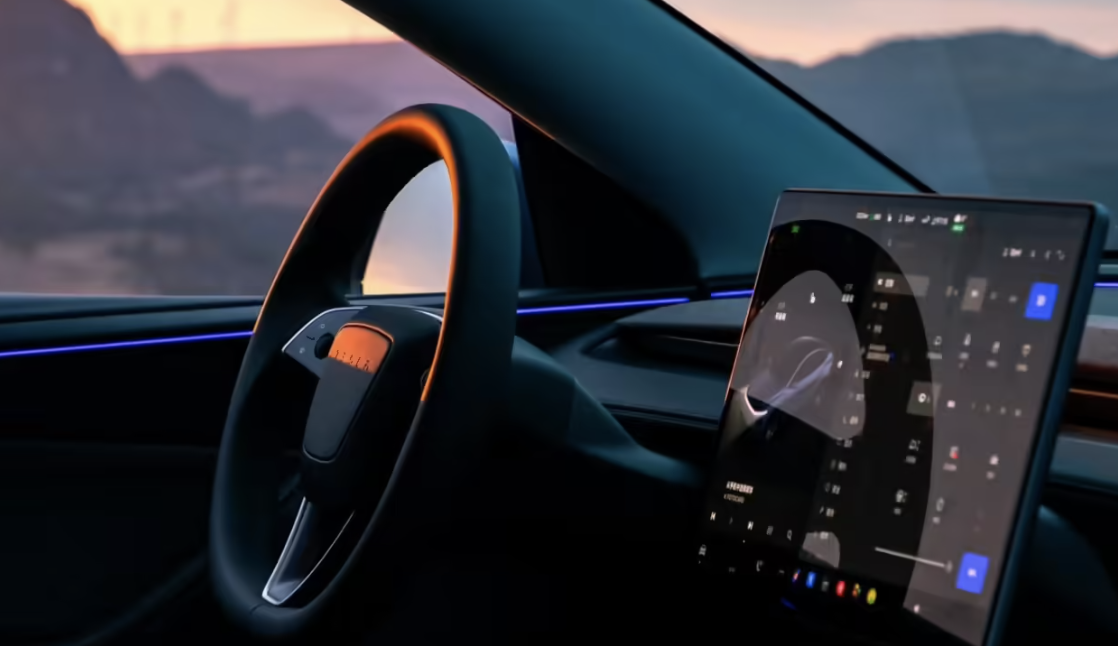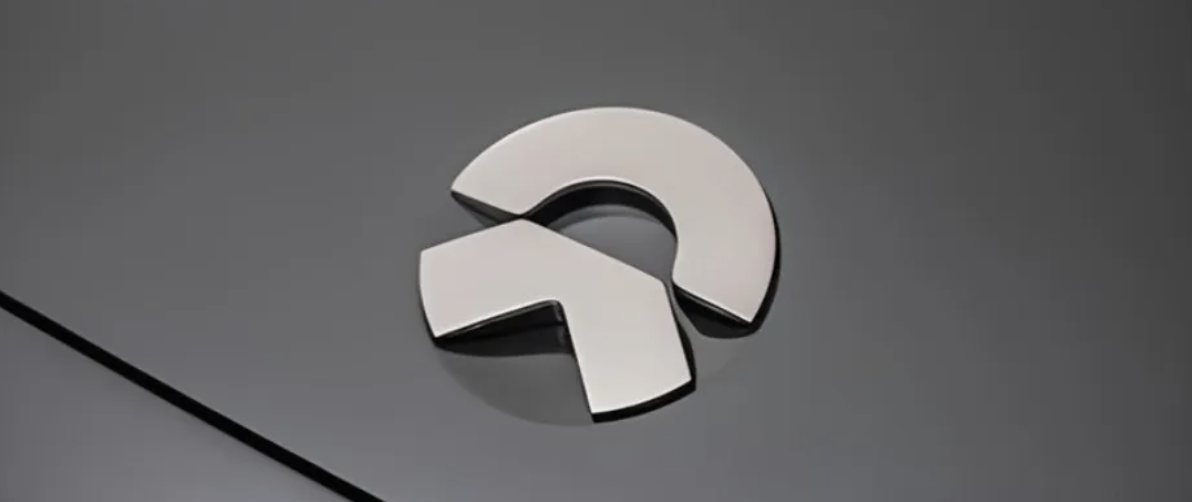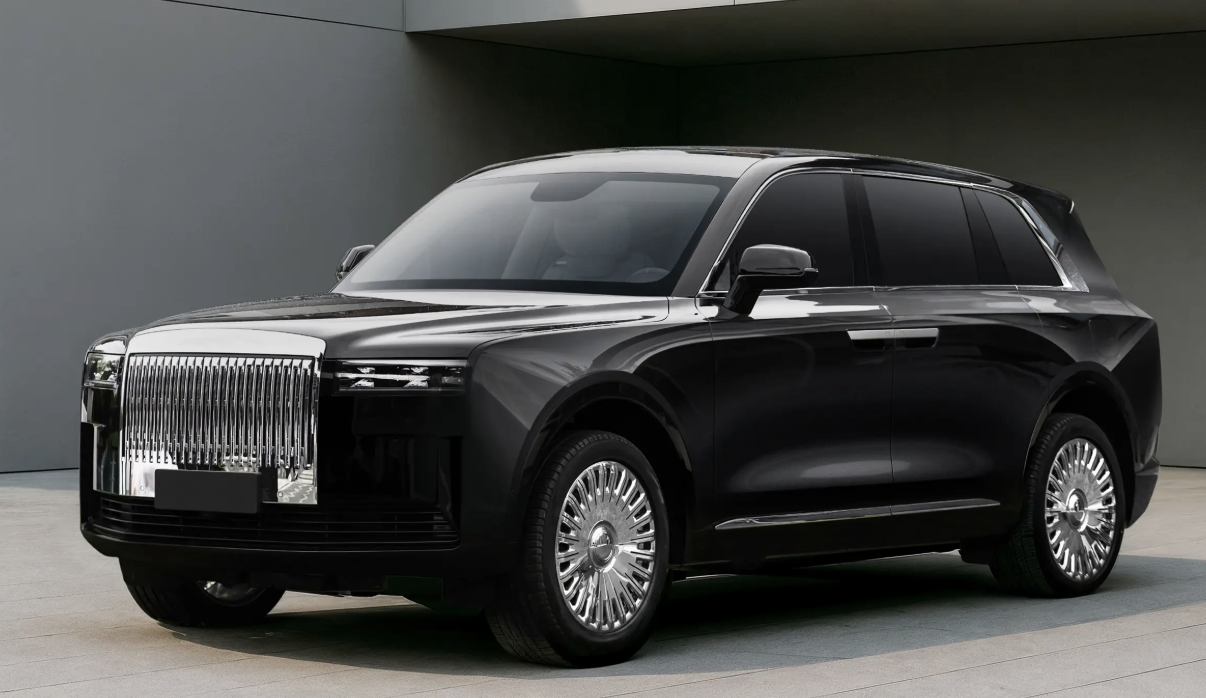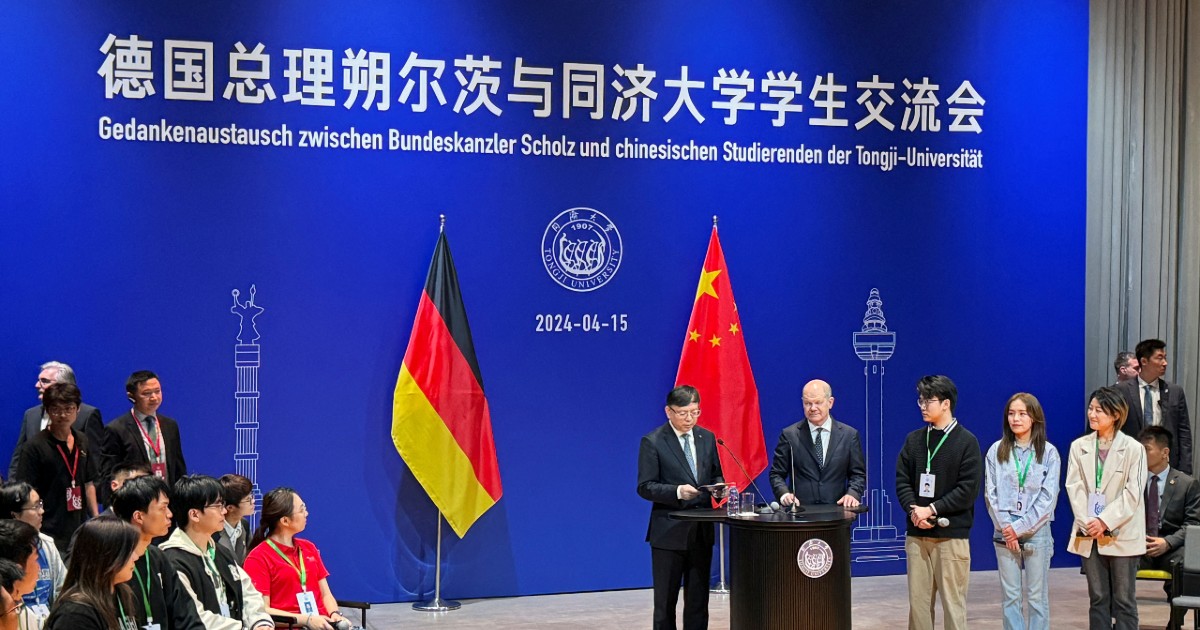On October 26, thanks to a recently introduced feature, Tesla’s Full Self-Driving (FSD) system has become smoother and more convenient to use for passenger travel.
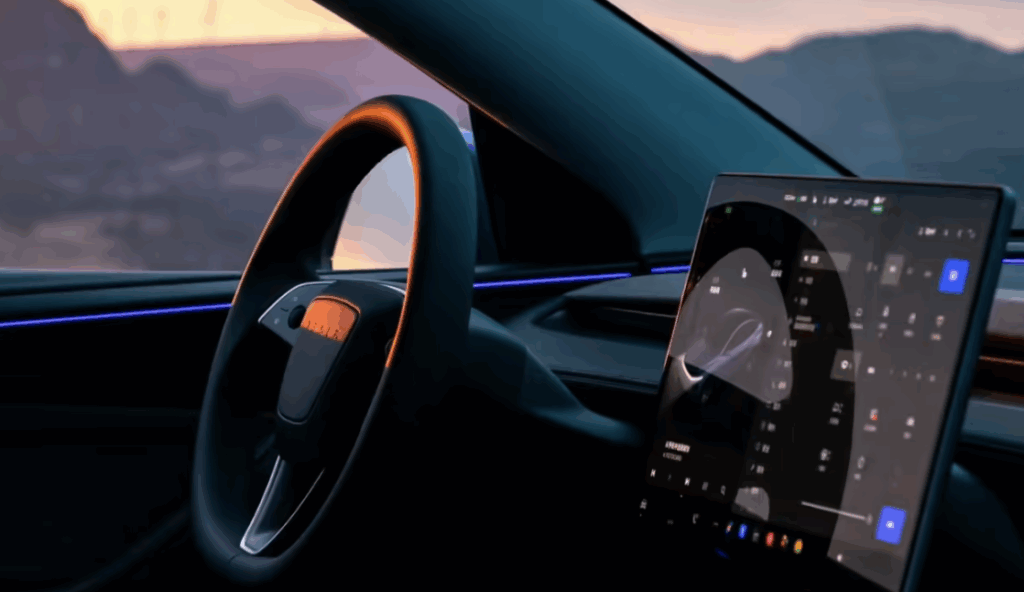
A few weeks ago, Tesla began rolling out FSD version 14 to participants of its Early Access Program (EAP). Earlier this week, the company started its first large-scale public release of the update.
The newly released v14.1.3 has drawn significant attention—previously, only a small number of lucky users were able to experience its powerful features early. Among these updates is one subtle yet highly practical improvement: Tesla has made a simple optimization that greatly enhances the system’s operational fluidity.
Starting with version 14.1.1, Tesla began phasing out the “Brake Confirm” feature—previously, drivers had to press the brake pedal to activate FSD mode. Now, this feature has been disabled by default and is instead offered as an optional setting.
According to the official release notes:
“‘Brake Confirm’ for the ‘Engage Autopilot’ button is now disabled by default. When this feature is off, engaging Autopilot no longer requires pressing and releasing the brake pedal to confirm activation. You can re-enable it under ‘Autopilot > Brake Confirm.’”
In short, users no longer need to press the brake pedal to start FSD. This change makes the vehicle’s response more immediate and the startup process faster and smoother than before.
Looking ahead, as Tesla continues to advance in full autonomy and vehicle self-operation, the activation process is expected to become even more streamlined—potentially leading to fully automated startup with zero human input, where even the “Engage Autopilot” button itself may eventually disappear.
